Introduction
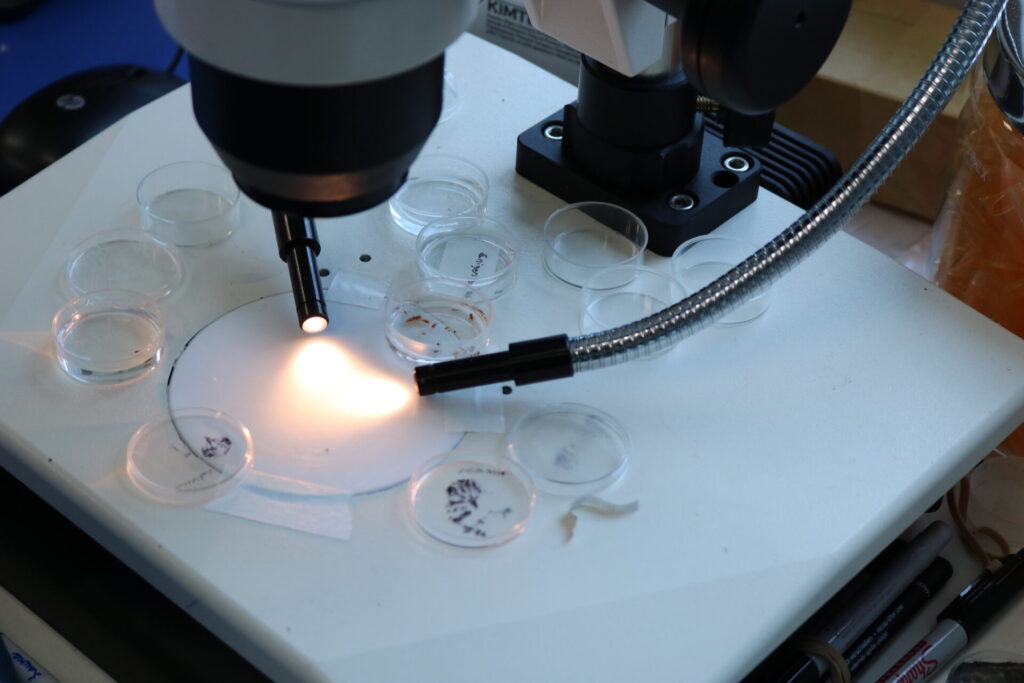 Source: Flickr
Source: Flickr
Mosquito-borne disease outbreaks remain a critical global health concern, especially in regions that are still plagued by tropical diseases. Different species of mosquitoes play distinct roles in the transmission of viruses and parasites that cause life-threatening illnesses. As these vectors continue to spread beyond traditional boundaries, the need for early and accurate diagnosis has become ever more important.
Among the many mosquito-borne illnesses, Malaria stands out as a leading cause of mortality in numerous low- and middle-income countries. Innovative tools like NOUL’s miLab™ MAL are stepping up to meet this pressing challenge.
Learn more about Malaria in LMICs: Death Rates, Symptoms, and Efforts
Dengue Fever
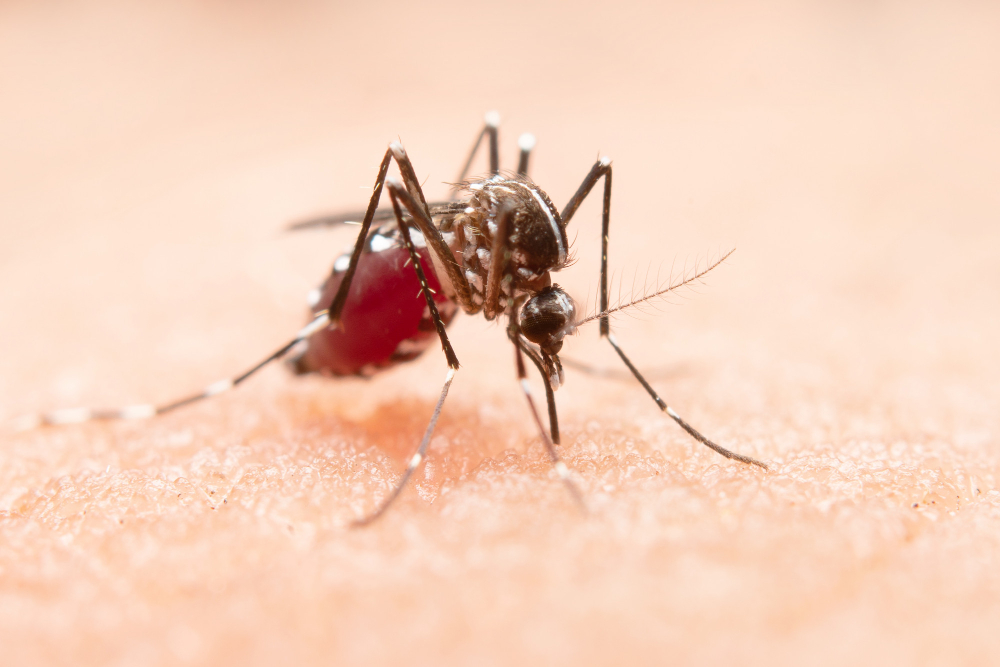 Source: Freepik
Source: Freepik
Dengue Fever is a viral mosquito-borne disease primarily spread by the Aedes mosquito. It commonly results:
• High fever.
• Severe headaches.
• Excruciating joint pain.
• Muscle pain.
Dengue fever is prevalent in tropical diseases hotspots and it’s a significant public health issue across parts of Asia, Africa, and Latin America. The early detection of Dengue Fever is vital to manage symptoms and reduce severe complications such as dengue hemorrhagic fever.
Zika Virus
The Zika virus is also transmitted by the Aedes mosquito. It gained global prominence when it was linked to severe birth defects, especially microcephaly in newborns. Although most people who are infected experience mild or even no symptoms, the potential long-term repercussions for pregnant women and their babies are serious. This mosquito-borne disease highlighted how rapidly pathogens can emerge as serious public health concerns.
In regions where Zika outbreaks have occurred (e.g., Central and South America), the early identification of the virus has proven critical to advise pregnant women and control its spread. Diagnostic methods include molecular tests like RT-PCR, which detect viral RNA of tropical diseases.
Check out the guidelines of WHO on Zika Virus.
Chikungunya
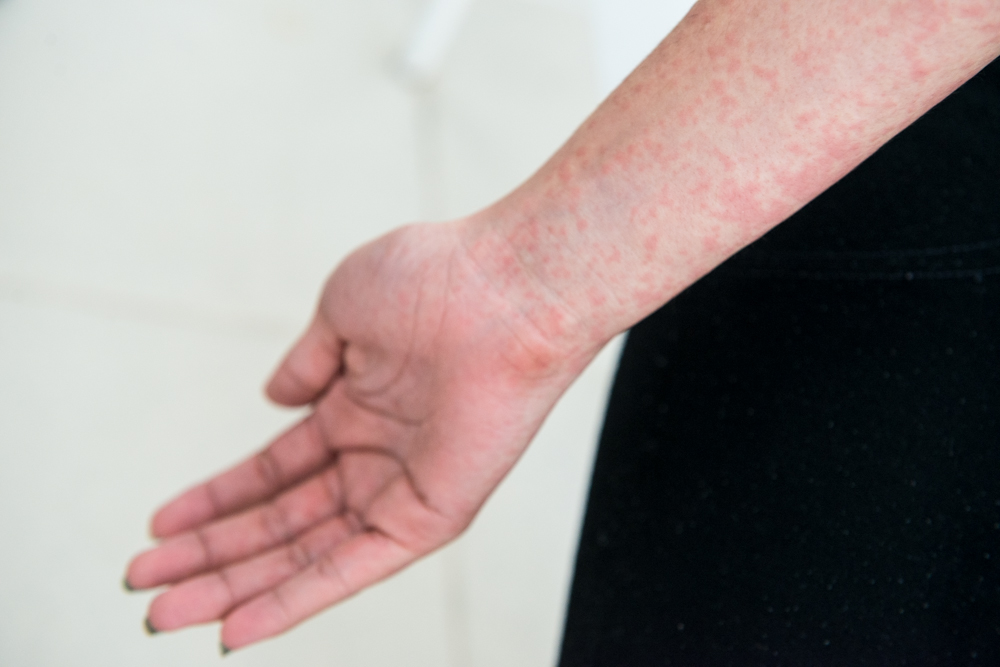 Source: Flickr
Source: Flickr
Chikungunya is another mosquito-borne disease that’s mainly spread by the Aedes mosquito. It is characterized by high fever, rash, and intense joint pain that can persist for weeks after the initial infection. The chronic inflammation that’s associated with Chikungunya can significantly impair mobility and quality of life.
Similar to Dengue and Zika, Chikungunya is prevalent in various tropical disease settings. However, outbreaks have also been documented in regions not previously at risk. Rapid and accurate diagnosis is challenging because its symptoms overlap with those of other viral illnesses. Laboratory tests can include RT-PCR or serological methods to detect IgM and IgG antibodies. As the Aedes mosquito thrives in many urban environments, vector control remains indispensable to contain Chikungunya outbreaks.
Yellow Fever
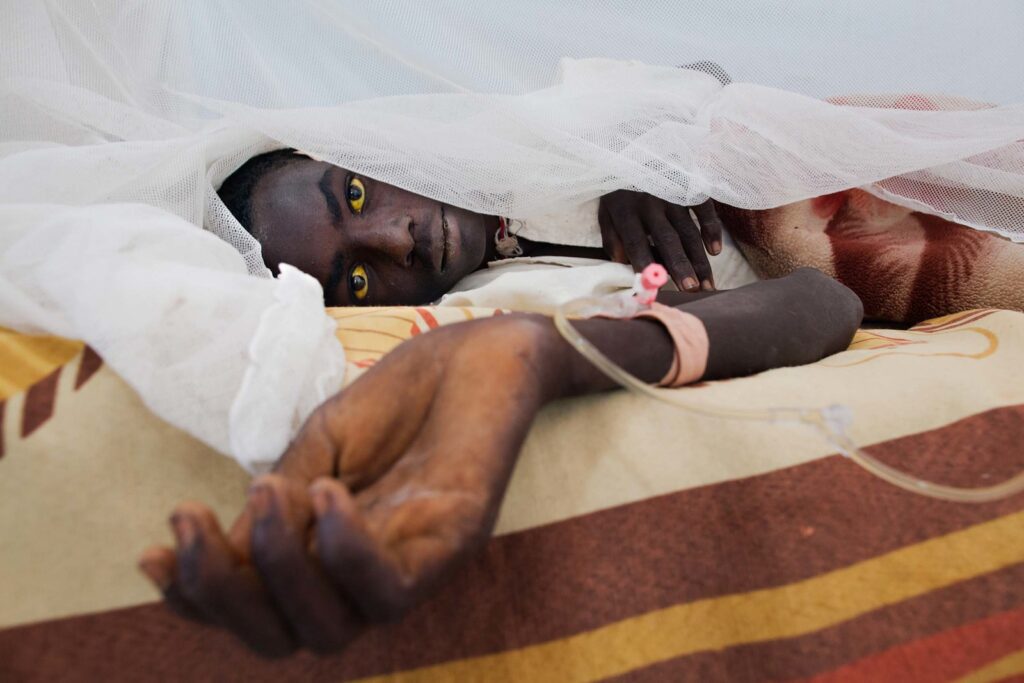 Source: Flickr
Source: Flickr
Yellow Fever (predominantly spread by the Aedes mosquito) is among the most severe tropical diseases. It gets its name from the jaundice (yellowing of the skin and eyes) that can occur when the liver is affected.
Early symptoms mirror those of flu-like illnesses:
• Fever.
• Chills
• Muscle pain.
Without proper treatment, these symptoms can advance to life-threatening complications such as organ failure.
The confirmation of suspected cases through diagnostic tests (such as ELISA or PCR) is important for public health surveillance and outbreak control. Even though vaccines play an important role in prevention, reliable diagnostics help distinguish Yellow Fever from other mosquito-borne illnesses.
West Nile Virus
West Nile Virus is mainly transmitted by the Culex mosquito. Today, we can see this virus in numerous parts of the world, including North America. Although many infected individuals remain asymptomatic, the virus can cause severe neurological complications, such as encephalitis or meningitis, especially in older adults and people with weakened immune systems.
As with other tropical diseases, efficient diagnostic tools for West Nile Virus can help clinicians detect and address infections before severe complications arise.
Malaria
![]() Source: rawpixel
Source: rawpixel
Malaria is a parasitic infection caused by Plasmodium and transmitted through the bite of the Female Anopheles mosquito. It is undeniably one of the most devastating tropical diseases. This disease predominantly affects Sub-Saharan Africa. However, cases have also surfaced elsewhere, including recent reports in Europe.
Find out how malaria is transmitted.
Global Impact and Risk
According to the World Health Organization, Malaria causes over 400,000 deaths annually. More specifically, it disproportionately affects pregnant women and young children.
Symptoms and Diagnosis
Symptoms usually start with fever, chills, and sweating. Patients may also experience headaches and fatigue. Early identification via traditional blood smears, Rapid Diagnostic Tests (RDTs), and PCR-based tests is vital to prevent severe complications such as anemia or organ failure.
NOUL’s miLab™ MAL for Malaria Diagnosis
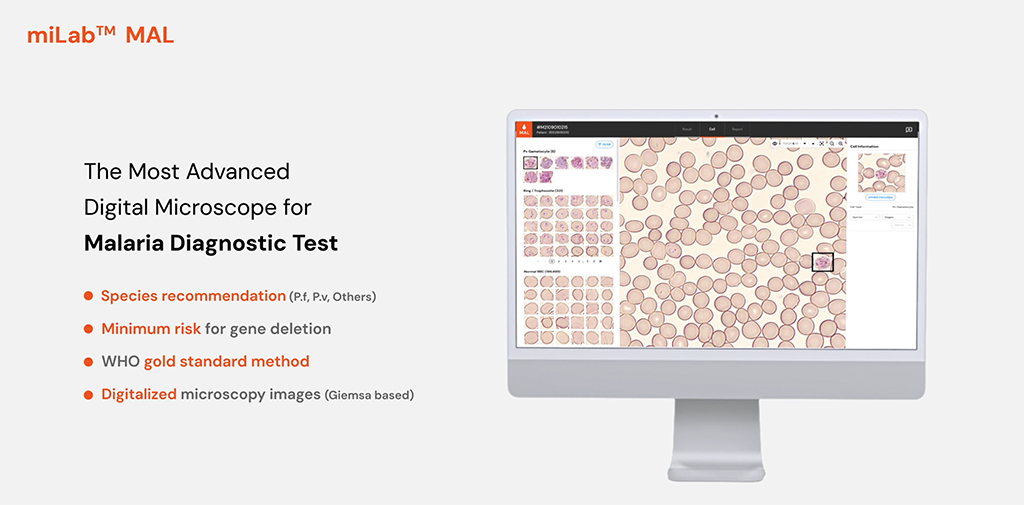 Source: NOUL
Source: NOUL
NOUL’s miLab™ MAL leverages on-device AI technology to deliver rapid and accurate results. Therefore, it is vital for healthcare providers on the front lines.
Its user-friendly format:
• Simplifies workflows.
• Minimizes human error.
• Expedites treatment decisions.
Discover how miLab™ MAL works and why point-of-care devices matter.
The following table compares the most common mosquito-borne diseases:
Conclusion
The battle against mosquito-borne disease outbreaks depends on comprehensive strategies, prevention, vector control, and above all, timely diagnosis. From Dengue to Yellow Fever, these illnesses impose a heavy toll on populations in regions where tropical diseases remain endemic. Innovative solutions like NOUL’s miLab™ MAL can make a profound difference.
Contact NOUL for inquiries about the improvement of diagnostic capabilities in your region.

